With drought conditions developing along the east coast we thought maybe we would throw some numbers out to put a price on how lucerne can transform dryland farming systems. Here, at Lincoln, the 2014/15 rainfall for the Jul-Dec period is about 170 mm – or about half what is expected over the same period in an average year.
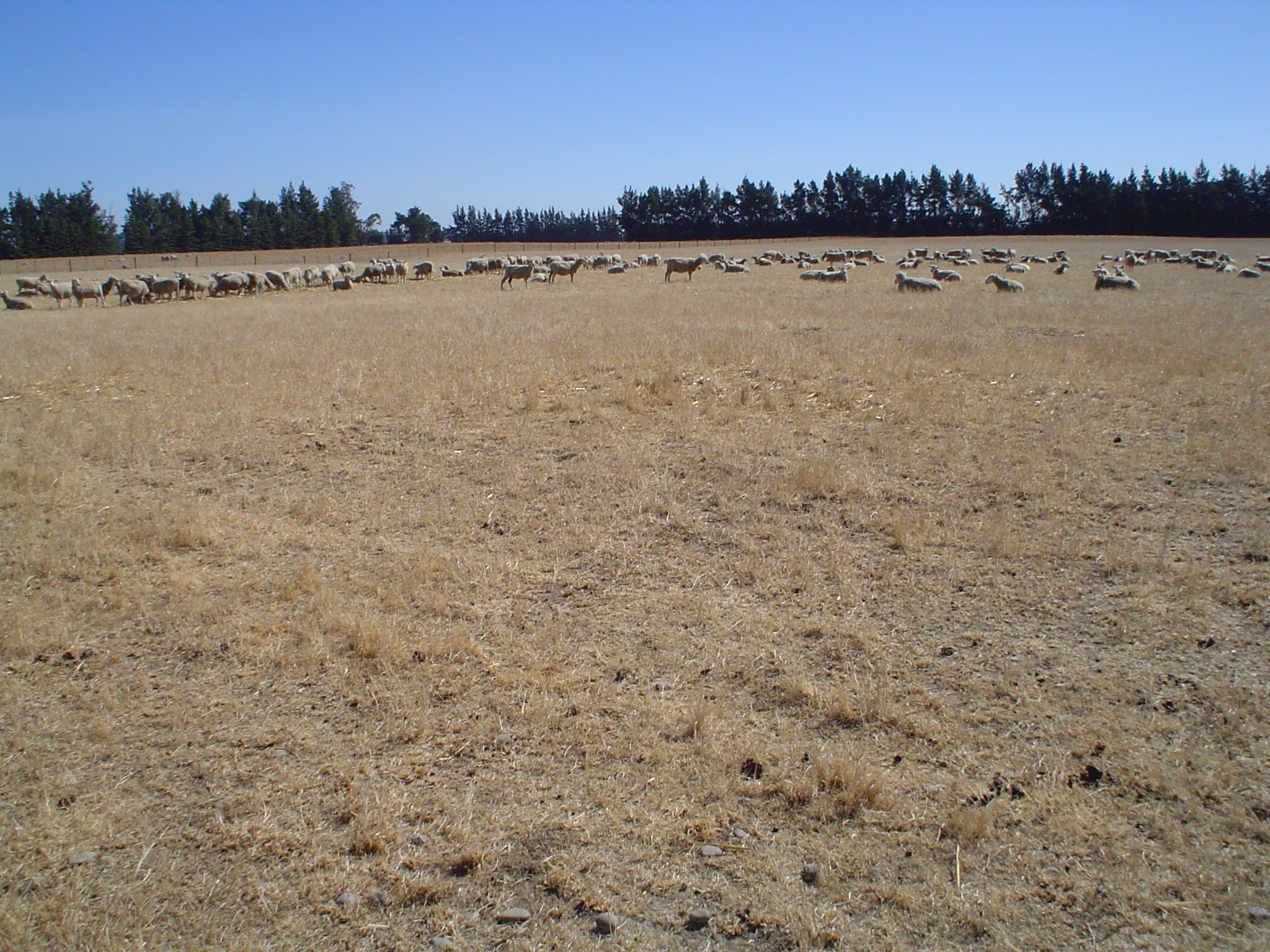
So here are some numbers to digest from ‘Bonavaree’ in Marlborough and Bog Roy Station in the Upper Waitaki which show how lucerne has transformed their farming systems. These numbers have been published in peer reviewed science publications and the references are provided below if you want to read the papers.
Thanks to Doug & Fraser Avery (‘Bonavaree’, Marlborough) and Gundy & Lisa Anderson (Bog Roy Station, Upper Waitaki) for entering into a program of transformational dryland farming conversion and opening the books to provide the numbers.
From ‘Bonavaree’ in Marlborough:
Rainfall environment = longterm average 580 mm/year (but average for 2000-2007 was 470 mm/year).
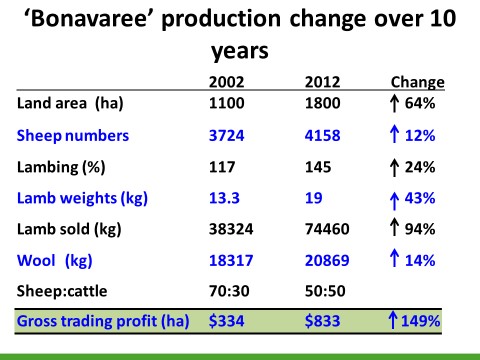
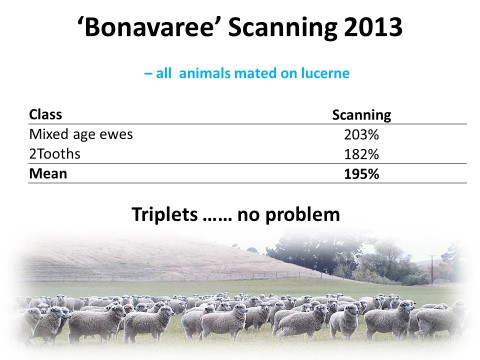
Source:
This information was provided by Doug Avery for inclusion in a plenary presentation made on 30 September 2013 – Sustainable intensification of livestock systems in New Zealand – Global Food Security Conference, Northwijkerhout, Netherlands by Prof Derrick Moot & Doug Avery. It expands on the information presented in this original publication:
Avery, D., Avery F., Ogle, G., Wills, B.J., Moot, D.J. 2008. Adapting farm systems to a drier future. Proceedings of the New Zealand Grassland Association 70: 13-18.
Production changes at Bog Roy
Rainfall environment = approx. 400 mm/year
Area of lucerne increased from 120 to 250 hectares between 2009 and 2014.
Total weaned lamb weight increased 18% between 2011 and 2013 – from 112 t to 132 t.
Supplementary feed requirements decreased from 100 days per year to 50 days per year which reduced the cost of supplementary feed by 53% – down from $10.33/stock unit to $4.82/stock unit.
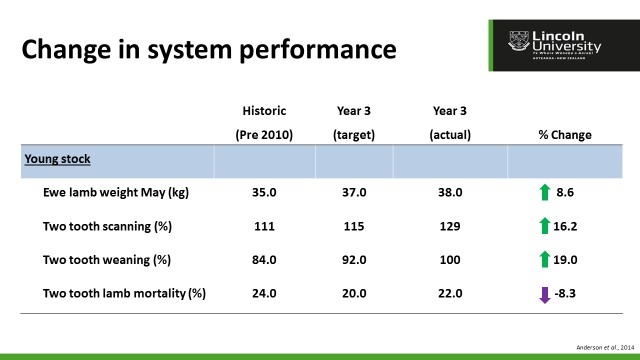
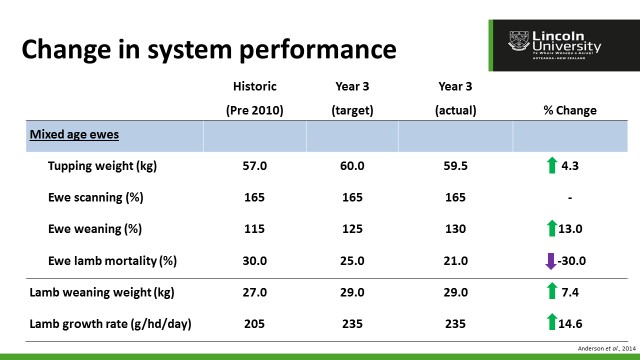
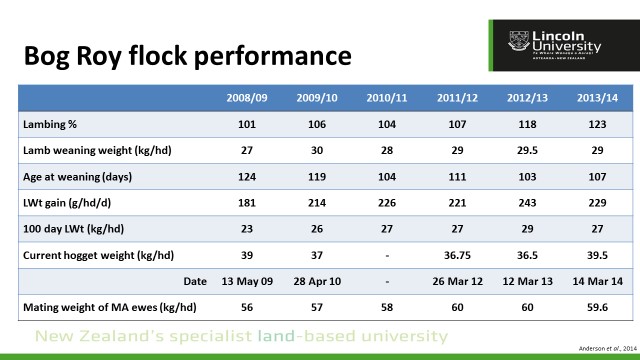
Source:
Anderson, D., Anderson, L., Moot, D.J. and Ogle, G.I. 2014. Integrating lucerne (Medicago sativa L.) into a high country merino system. Proceedings of the New Zealand Grassland Association 76: 29-34.